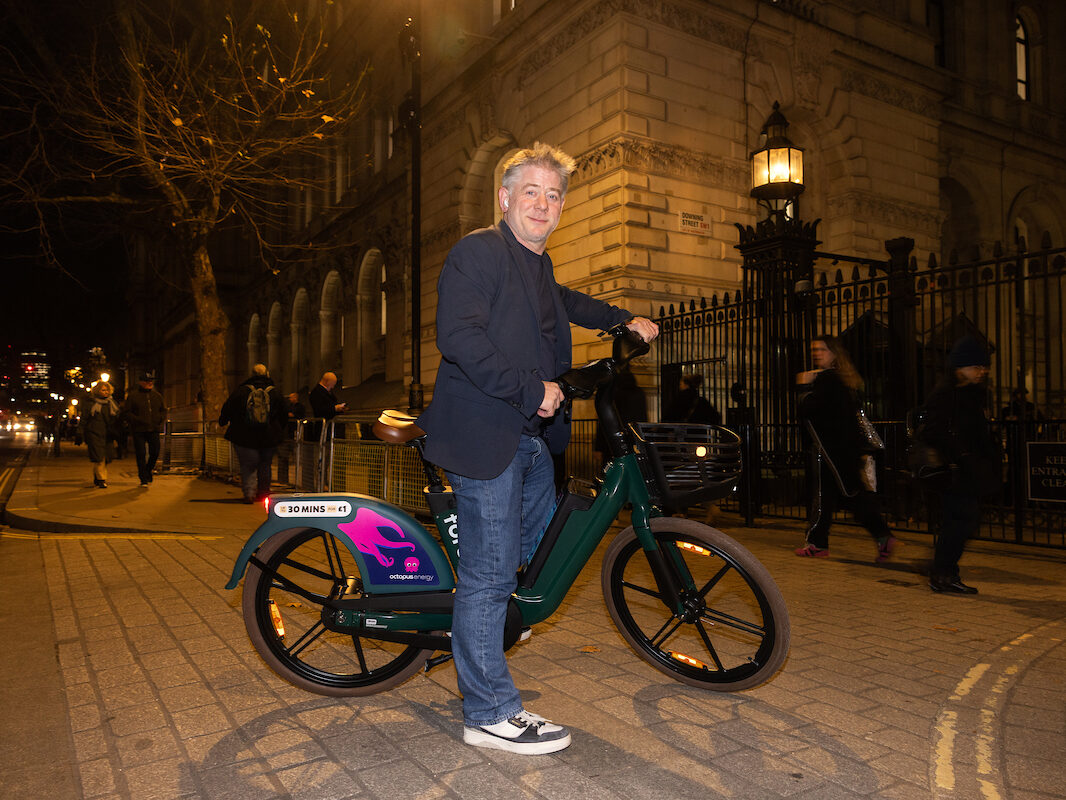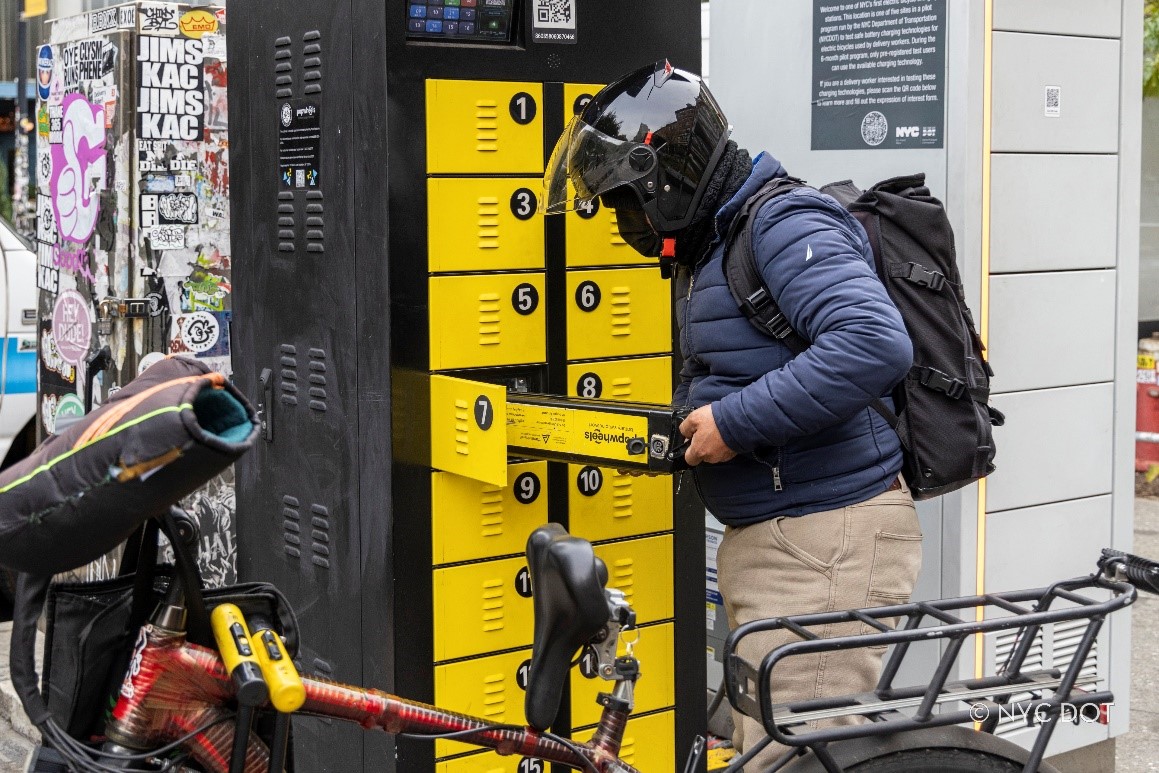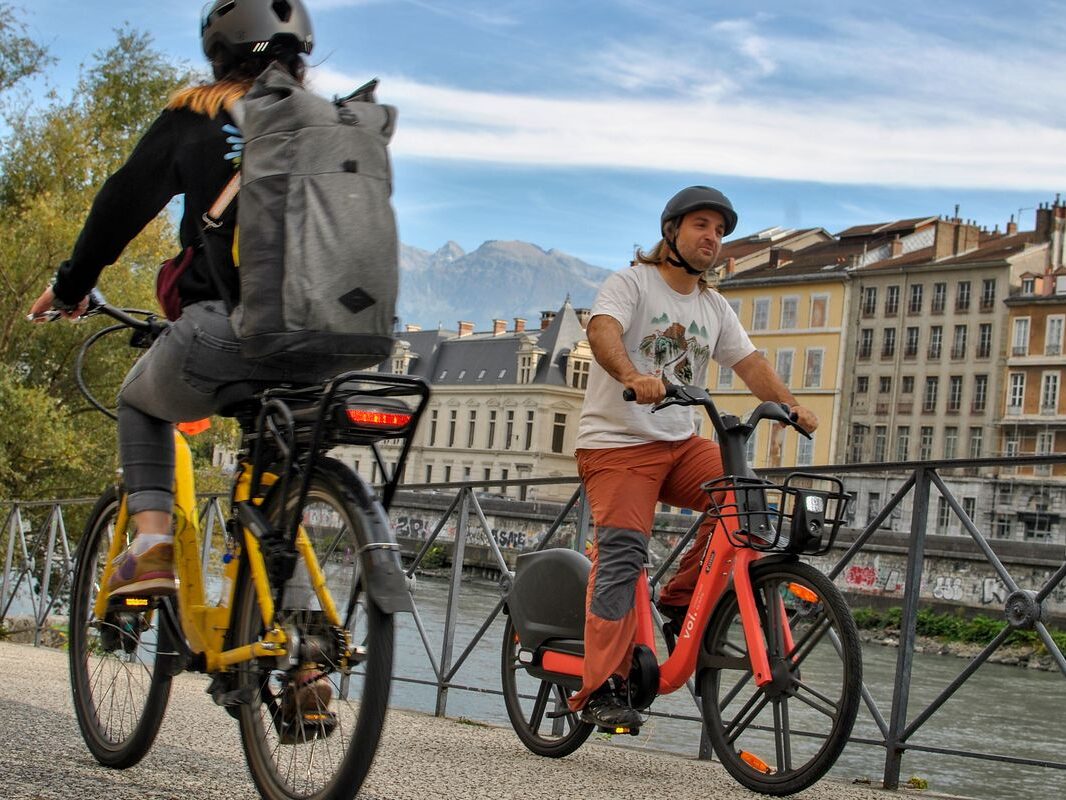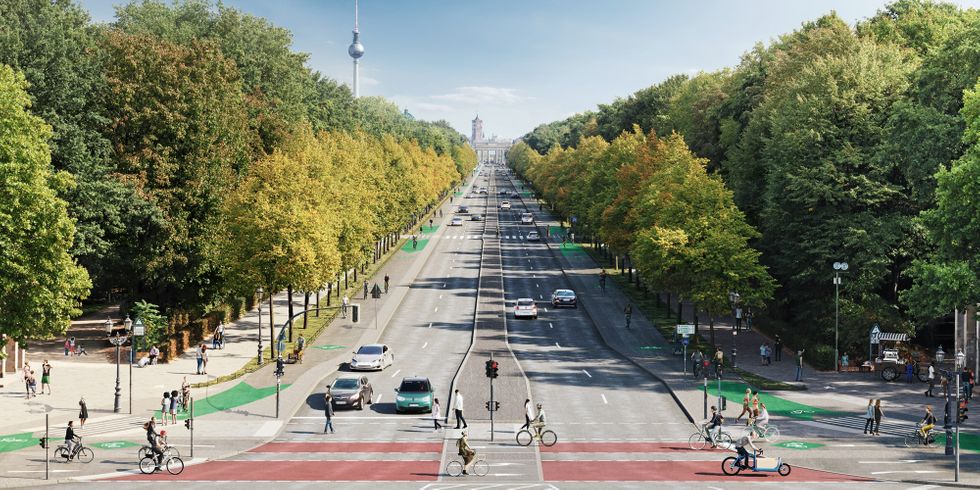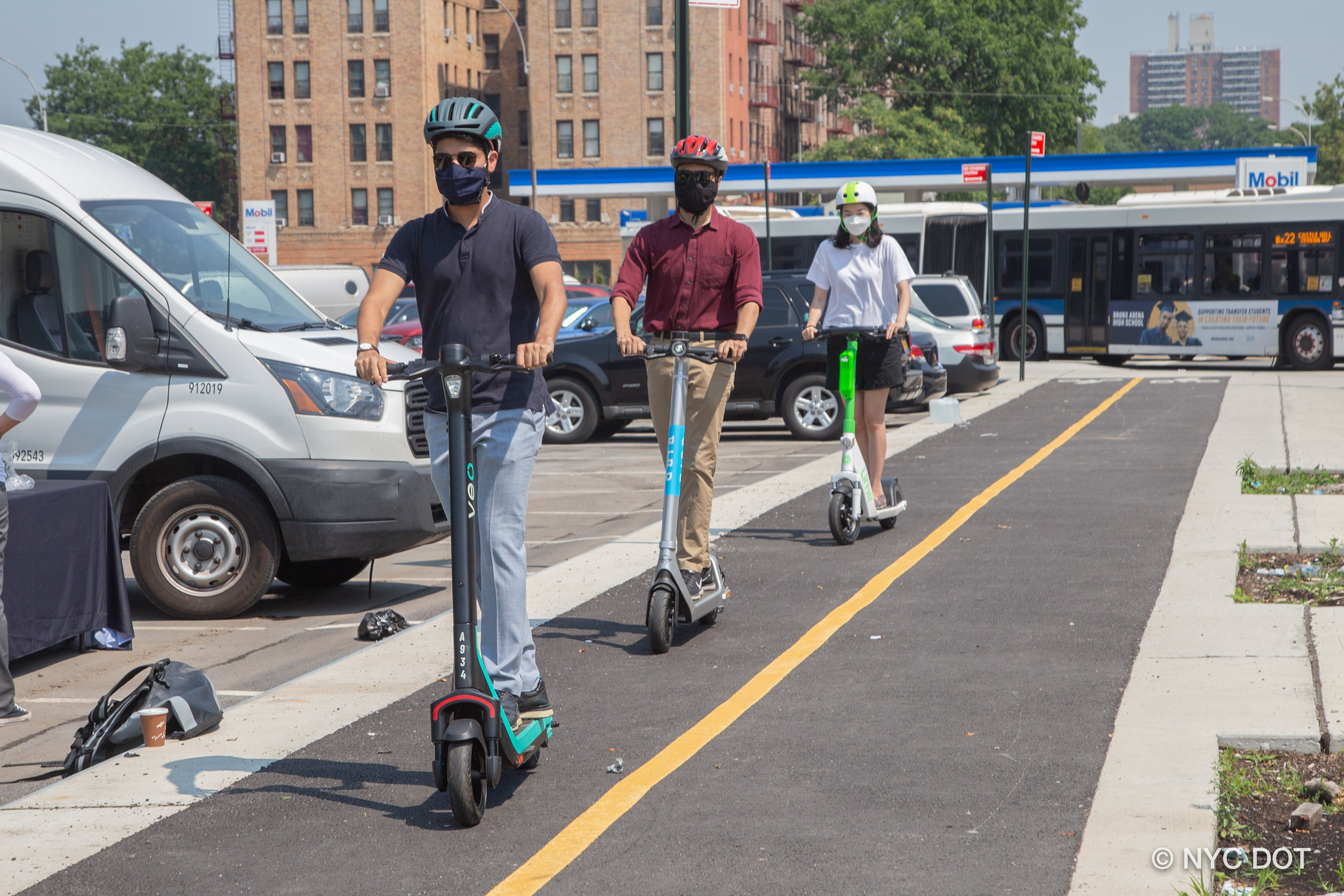Voi has partnered with Drover AI to deploy computer vision technology on its e-scooters in Oslo to combat pavement riding and parking.
Drover AI’s technology uses machine learning and computer vision to accurately identify when an e-scooter enters forbidden rider zones, such as pavements. The technology can then automatically slow the speed of the vehicle to help prevent pavement riding.
In addition, the technology can identify whether an e-scooter is parked correctly to help Voi and Oslo City Council govern how scooters are parked.
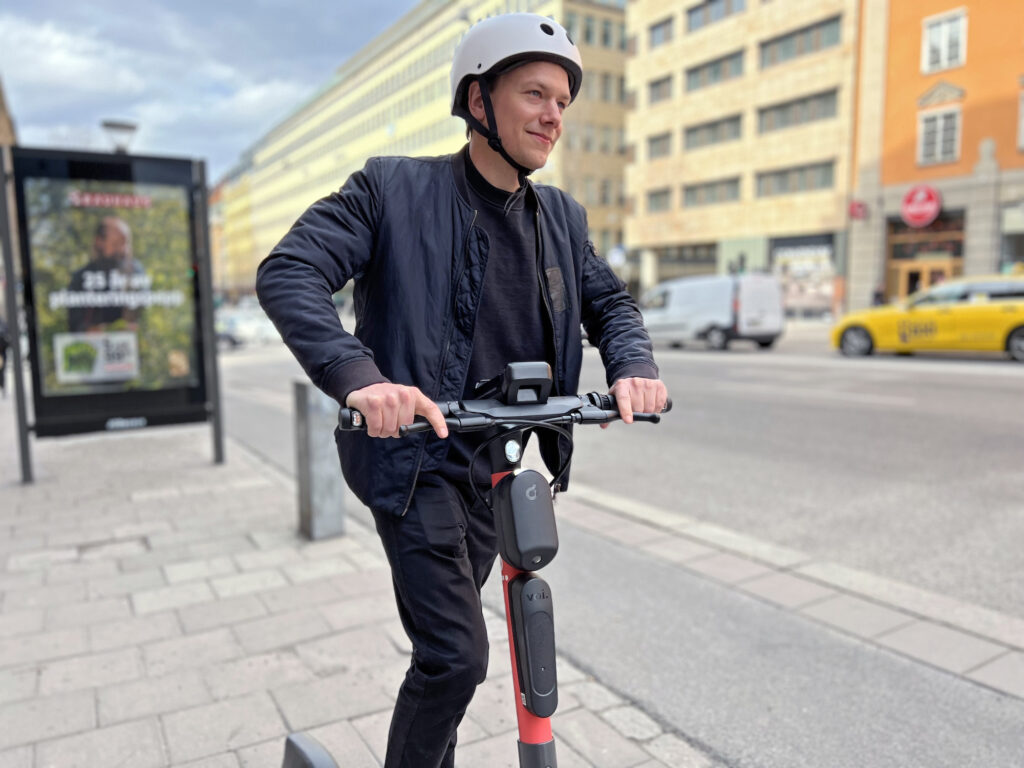
Fredrik Hjelm, co-founder and CEO of Voi Technology said:Voi’s vision for 2030 is for micromobility to become a staple of urban living across the globe. But we know that vision can only become a reality if the micromobility industry prioritises the safety of users, pedestrians and other road users equally. That’s why we’re working with Drover to tackle the issue of pavement riding once and for all. By incorporating AI into our micromobility offering we believe we can nudge riders towards better parking and riding practices.
Voi initially trialled the PathPilot technology in Northampton last year. Hundreds of Voi e-scooters will now be fitted with Drover’s artificial intelligence technology in Oslo, Norway for the product’s full-scale launch.
Shared micromobility is in high demand in Oslo, with 70 percent of the population downloading Voi’s app during summer 2021. By collaborating with Drover, Voi will be able to determine where and how the scooters are being ridden in the city to help improve the service.

To enable micromobility to become a safe and sustainable transport solution, e-scooter operators across the globe are joining Voi in deploying computer vision technology to tackle problems such as pavement riding and irresponsible parking. For example, in Australia, Beam is trialling its Pedestrian Shield technology, which is also powered by Drover AI’s PathPilot.
Alex Nesic, co-founder and Chief Business Officer at Drover AI said:We’re delighted to be working with Voi on the first full-scale deployment of computer vision technology in Europe. It’s clear that micromobility has a key role to play in a sustainable future for urban transport and we know AI can help solve some of the industry’s toughest problems. We look forward to seeing what today’s news in Oslo will mean for the future of micromobility.



